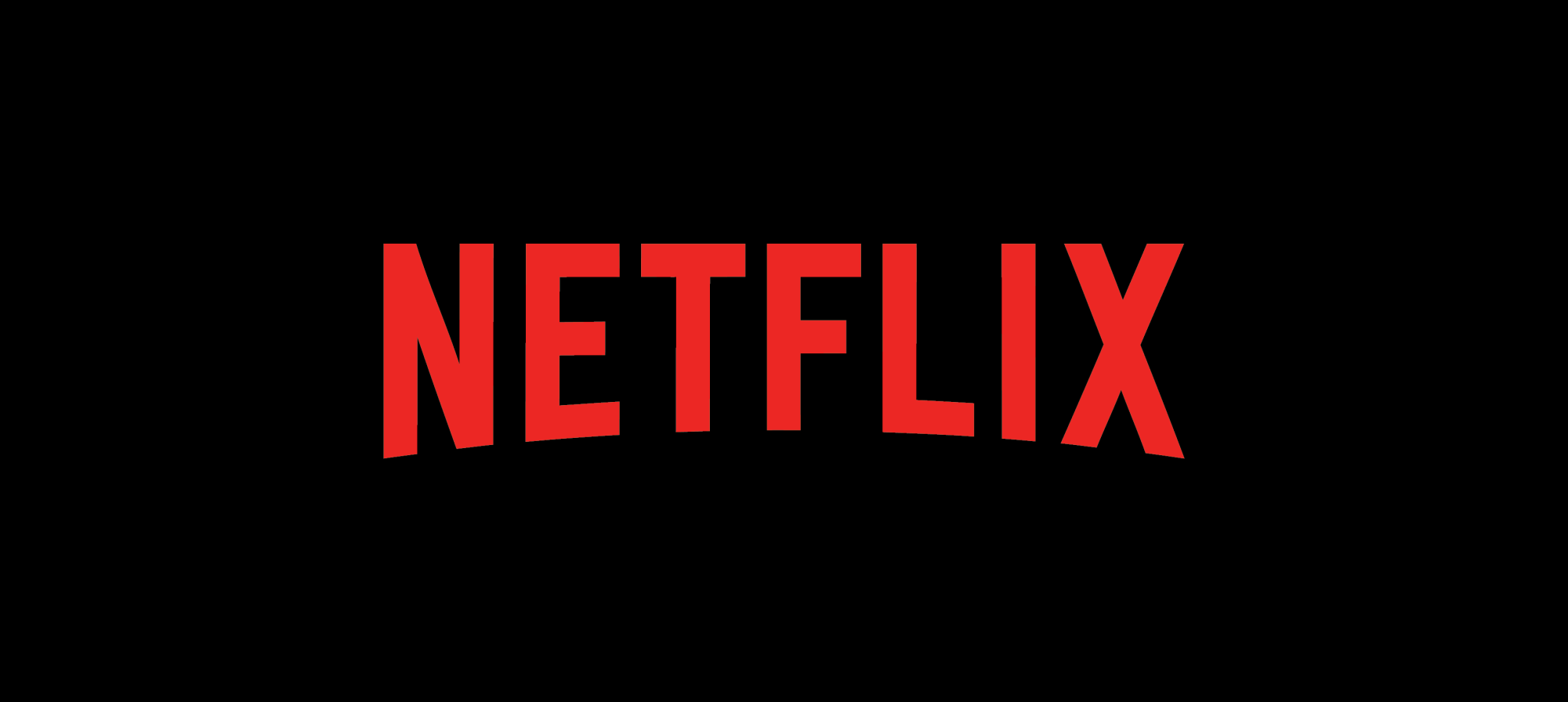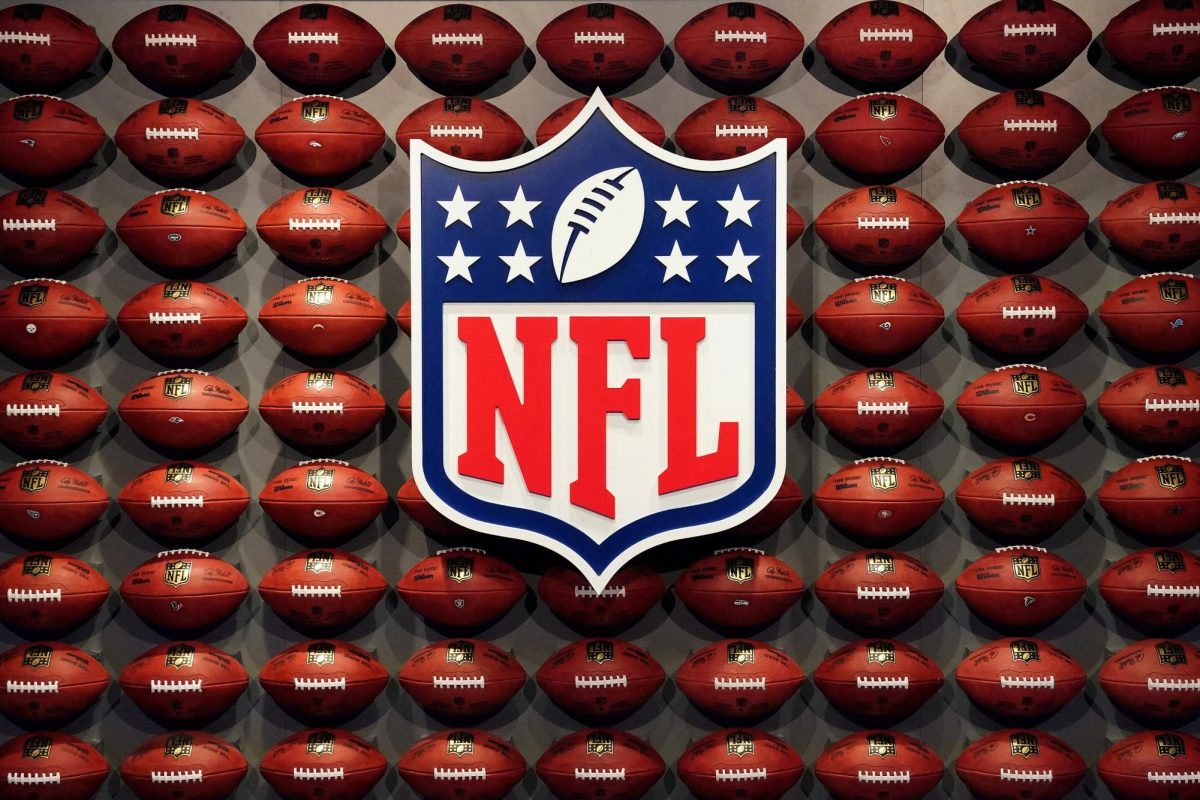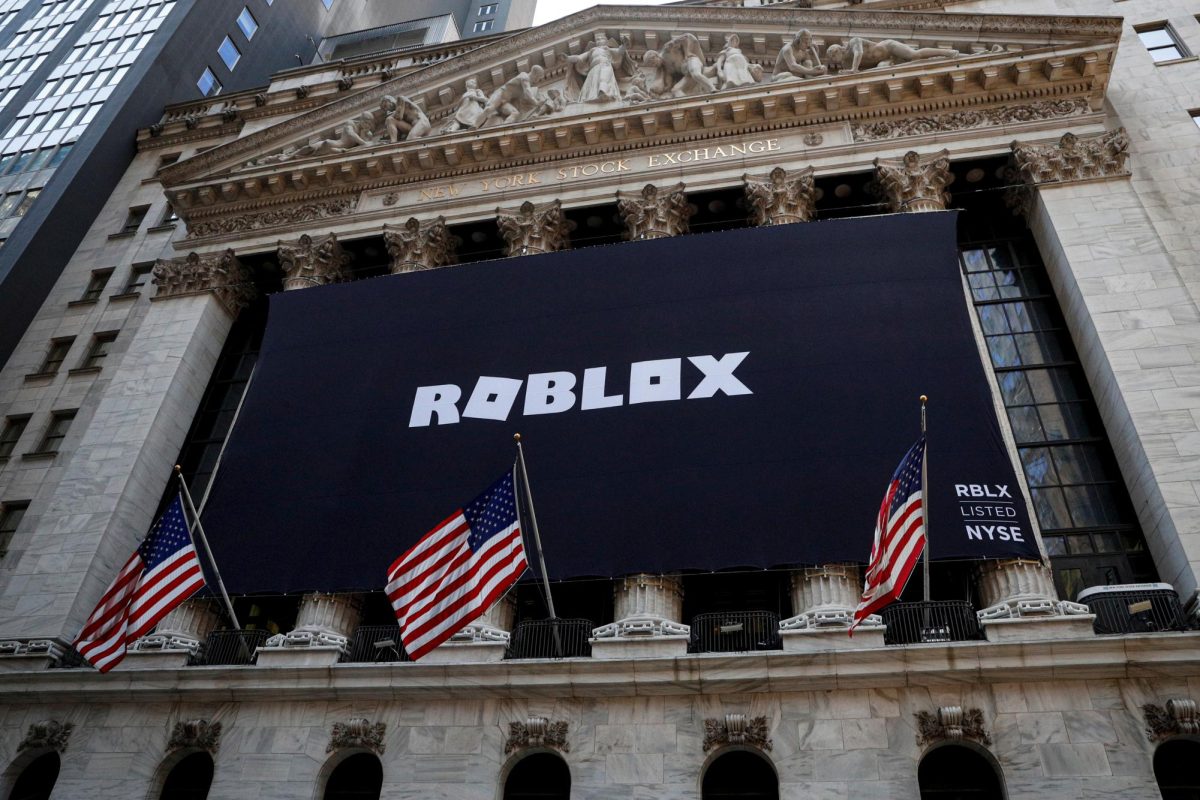Netflix, established in 1997 as a DVD rental service, has undergone a journey of modernization to become the world’s biggest streaming service. Over the years, the company has strategically adjusted its subscription pricing to adapt to the streaming service market while simultaneously growing its brand by proportionally supporting its investments with high-quality content.
In its years of development, Netflix operated on a straightforward DVD rental-by-mail model with a fixed monthly fee of $19.95. The first major change came in 2007 when it transitioned to streaming, offering subscribers immediate access to an extensive library of movies and shows online. At first, streaming was added into existing plans without any additional costs, resulting in rapid user growth granting Netflix a far larger demographic.
The sudden growth in demand for streaming and the ever-increasing production costs created financial challenges for Netflix. As a result, the company responded by introducing separate plans for streaming and DVD rentals in 2011, a move that separated Netflix from traditional streaming services and that began a streaming dynasty. Though at first the company faced criticism with many canceling their subscriptions, their decision played a crucial role in creating a more cost-efficient and equally quality service.
The most significant transformation unfolded in 2014 with the introduction of the first substantial across-the-board price increase for streaming-only plans, from $7.99 to $8.99 monthly. This increase in price allowed Netflix to accumulate and direct funds towards the production of original content, leading to the creation of highly acclaimed series and films which attracted more and more subscribers.
For instance, sophomore Shreya Sandal subscribes to Netflix and had to say this about Netflix’s original film “Bird Box,” “My favorite movie ever is Bird Box; I loved Sandra Bullock’s performance in it and the Netflix production team did a great job making the movie.”
The following years witnessed the rapid growth of Netflix, corresponding to a more expensive subscription price created to cater to diverse subscriber preferences, contributing to an overall better and deeper film/series library at Netflix. Since 2014, the standard Netflix subscription has increased by $6.50, now being advertised as $15.49 per month. In the same way, Netflix stock has grown tenfold going from $49.29 in 2014 to $481.24 per share as of Jan. 16, 2024.
Netflix’s rising subscription cost has rubbed off differently on consumers, Mr. Andrew Austin feels: “Netflix is great! I’ve kept my subscription for 5 years now and they continue to increase the cost but I’m still pleased with the service.”
Mr. Austin’s testimony indicates how Netflix’s stock price has continued to exponentially grow, as their content has managed to please the majority of their subscribers such as Mr. Austin.
Despite occasional subscriber discontent, Netflix’s original, risky strategy, as outlined in Time, has undeniably proven successful. The platform maintains its global streaming lead, with still increasing revenue streams supporting ongoing investments in fresh content and the continuous expansion of its content library.
All in all, the changes in Netflix’s subscription prices describe an evolutionary path from a DVD rental service to the best streaming service in the world. Their strategic adjustments in pricing and original content have proven essential for the company’s exponential growth and have upheld its commitment to providing top-notch, exclusive content.
Graphic courtesy of FLICKR








